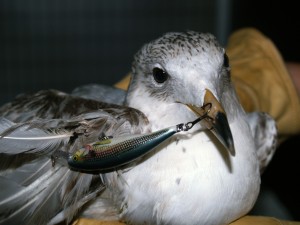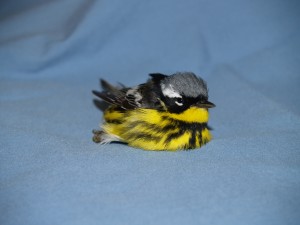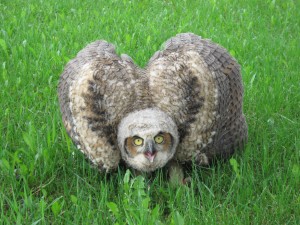Australia
Emergency : Australia and South Pacific
Wildlife Rescue — What You Need to Know
Do you have a wild animal in need of assistance? We are here to help. Wild animals require specialized treatment and diets to recover from injuries or to develop into healthy adults so please do not attempt to care for or raise wildlife yourself. Remember, wildlife is often protected by special laws that make it illegal to possess a wild animal without a permit unless you are transporting that animal to a licensed wildlife carer.
Help us help you
Wildlife Rescue — What Not to Do
Bird Rescue
Baby Songbird
Baby Duck or Goose
Joey Marsupials
Reptile
How to Rescue Wildlife
How to Make a Surrogate Nest
Find a Wildlife Carer
Wildlife Rescue — What Not to Do
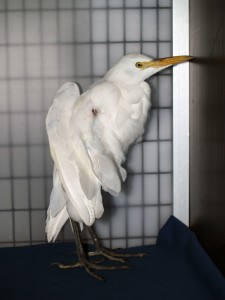
Do NOT attempt to care for wildlife yourself.
Wild animals require specialize treatment and diets to recover from injuries or to develop into healthy adults. The wrong medical care or diet can have deadly effects. Remembers in many parts of the world it is illegal to attempt to care for wildlife without a special permit or license. The most important principle in being a wildlife rescuer: Do No Harm!
Do NOT attempt to keep wildlife as pets.
Wild animals can be cute and cuddly when there are young and adults suffering from trauma can be downright friendly, but that does not make them a good choice to replace your other domestic pets. Wild animals require their natural diet to stay healthy and their outdoor homes to feel secure and to display all of their natural behaviors. To keep a wild animal as a pet is to rob them of their most basic needs. Keep in mind that wild animals can carry a variety of diseases and parasites that can leave you and your family itching or land you in the local emergency room. Leave the wildlife care to those who know how to keep you, your family, and your wild animal happy and healthy.
Do NOT trust all internet advice.
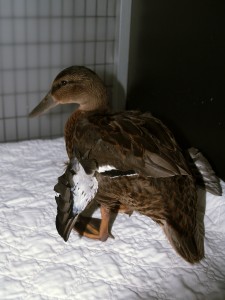
While the internet might be a great resource to find a new recipe for dinner or find info on domestic pets it is a venerable jungle when it comes to advice for wildlife. And jungles contain some dangerous things. So if you are inclined to hit the internet for help with a wildlife situation here are three things you should look for before you opt to take any sites advice.
- Diet Recipes Beware: If a site recommends feeding the wild animal think twice about taking their advice. Most internet recipes contain items bought at the local grocery or pet store that can cause severe digestive upset in the short term and major nutritional deficiency if used long term. If the site recommends anything other than offering a shallow dish of water or a human infant electrolyte solution steer clear.
- Licenses Please: Look for a list of credentials, permits or licenses. If none are listed take caution.
- Contact Us: Most reliable wildlife care facilities will let you know right up front how to contact them and when and where to take your wild animal in need. If no contact info is listed then say no to their advice.
Click here for detailed wildlife emergency advice options
When to Rescue a Bird
In the following situations a rescue may be need. Learn how to rescue a bird.
- If the bird is bleeding, shivering, lethargic, or unresponsive.
- If the bird has been attacked by a cat or dog.
- If the parents or siblings are known to be dead.
Window Strikes
If a bird hits your window and is unable to fly away, immediately place it in a box or paper bag with air holes and put it in a warm, dark, quiet place. Call the nearest wildlife carer for medical care.
Baby Songbird Rescue
In many situations young birds need only a little help or no help at all. Contrary to popular belief, parents will not reject their babies if humans have touched them.
Nestlings
Nestlings are young birds with only downy feathers. If they are found on the ground and are not injured they can be returned to the nest from which they fell or if the entire nest fell or was destroyed a surrogate nest can be created.
Fledglings
Fledglings are young birds just learning to fly and they spend a lot of time on the ground. These birds are still protected and fed by their parents and do not need to be rescued unless they have been injured. If you find a fledgling in your yard, protect him by keeping pets away and encouraging children to watch from a distance.
Return to Top
How to make a Surrogate Nest
- Find a container such as a small box or plastic container with holes punched in the bottom.
- Fill the container with leaves, paper towels or a clean, soft cloth.
- Place the nest in the tree or bush closest to where the bird was found, out of the sun and rain, as high up as you can safely manage.
- Place the bird(s) in the nest (wear gloves) and leave the area.
Duck or Goose Rescue
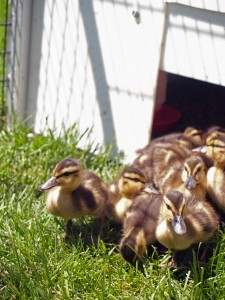
Baby ducks and geese can go in water briefly, but because their feathers are not yet waterproof, they can quickly become hypothermic (chilled) if they remain in the water more than a few minutes. Mom takes care of that, too. If you find a baby duck or goose, it is almost certainly just separated from its family.
- If the baby is separated from the mother and you know where she is, place the baby close to the flock so she can hear the baby and then watch from a distance.
- If the baby joins the flock and the mother does not reject him, leave the area, the baby is fine.
- If the baby is rejected, or if the mother cannot be found, call a wildlife carer.
Marsupials
Most marsupials, kangaroos, wallabys, possums, koalas and the like spend their first months of life in mom’s pouch, and the next few months close to mom. During these first months or year(s), they depend on mom.
-
- If the joey is injured (bleeding, broken bones, puncture wounds, or has been in a cat’s mouth), or appears thin and weak, with wrinkly baggy skin, call a wildlife carer.
- If the joey is not near mom and seems young call a wildlife carer for advise as to whether to rescue.
- If you find a newly dead marsupial near the road check the pouch for any joeys, first making sure the area is safe for you (traffic, other animals, etc).
Reptiles
Reptiles often live in people’s gardens. Generally, these animals are fine where they are. If you are suspicious of a poisonous animal call your national wildlife agency or animal control.
- If they are injured, burned, or unreactive call a wildlife carer.
How to Rescue a Wild Animal
*Do not attempt to handle snakes, bats, adult koalas, adult kangaroos, or adult wallabies. First consult a wildlife carer.
- Find a suitable container (cardboard box, pet carrier). Poke air holes in it, if needed. Line it with a
clean, soft cloth or paper towel. - Gently pick up the animal (wear gloves or cover with a cloth) and place in the container.
- Secure the container so the animal cannot crawl or jump out.
- Wash your hands.
- Keep the animal in a warm, dark, quiet place away from pets and children. Remember stress from over handling can kill.
- Do not give food and give water only if the animal can stand.
- Note exactly where you found the animal and the circumstances in which you found it.
- Contact a licensed wildlife carer as soon as possible to arrange for the wild animal to get help.
Remember any wild animal, when scared, will try to protect itself. Please contact a wildlife carer prior to rescuing or transporting any wild animal.
Return to Top
